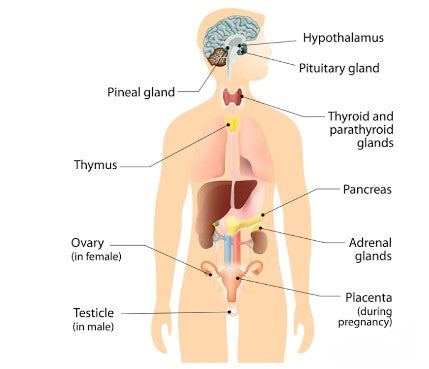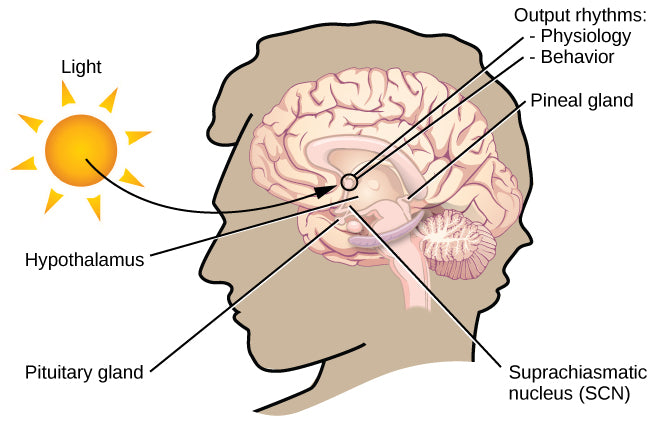Exploring the Brain: Methods and Techniques
Studying the brain is crucial for understanding human behaviour and mental processes. Researchers use various methods and techniques to uncover the functions of different brain areas. Some methods involve examining the brains of deceased individuals, while others focus on scanning the living brain to observe patterns of electrical activity during specific tasks. In this article, we will explore post-mortem examinations, scanning techniques like fMRI, EEG, and event-related potentials (ERPs), and evaluate the strengths and limitations of each approach.

Post-Mortem Examinations
Post-mortem examinations allow researchers to study the neurobiology underlying specific behaviours. For example, if a person displays behaviour during their lifetime that suggests brain damage, researchers can examine their brain after death to look for abnormalities that might explain the behaviour. An example of this technique is Broca's study with his patient, Tan, who had speech problems and was found to have a lesion in the area now known as Broca's area, crucial for speech production. Post-mortem studies have also helped identify brain structures involved in memory, such as the hippocampus, and link psychiatric disorders like schizophrenia and depression to brain abnormalities.
Scanning Techniques
Functional Magnetic Resonance Imaging (fMRI): fMRI measures changes in brain activity by detecting blood flow in specific areas. When a brain area becomes more active, it requires more oxygen, resulting in increased blood flow to that region. By mapping these changes, researchers can identify the brain areas involved in specific mental activities. For example, participants might be asked to alternate between performing a task and a control state, and fMRI data can show which areas of the brain are activated during the task.
Electroencephalogram (EEG)
EEG measures electrical activity in the brain using electrodes placed on the scalp. It provides real-time recordings of brain activity and is useful for diagnosing brain disorders like epilepsy. EEG patterns can indicate abnormal neural activity associated with different conditions. However, EEG is limited to recording activity in superficial brain regions and cannot capture deep brain structures like the hypothalamus or hippocampus.
Event-Related Potentials (ERPs)
ERPs are small voltage changes triggered by specific stimuli or events. They help researchers understand cognitive processing. By averaging responses to stimuli over multiple trials, ERPs can isolate specific responses related to the stimulus, filtering out unrelated neural noise. Sensory ERPs occur within the first 100 milliseconds after a stimulus, reflecting an initial response to its physical characteristics. Cognitive ERPs, occurring after 100 milliseconds, demonstrate information processing and evaluation of the stimulus.
Evaluation of Brain Study Methods
fMRI
- Strengths: Non-invasive, offers objective measures of psychological processes, and provides detailed maps of brain activity associated with specific tasks.
- Limitations: Measures blood flow, not direct neural activity; overlooks networked brain activity; not truly quantitative.
EEG
- Strengths: Real-time recordings of brain activity, useful for clinical diagnosis, and can capture task-related brain activity.
- Limitations: Limited to superficial brain regions, cannot measure deep structures, difficulty pinpointing exact sources of activity.
ERPs
- Strengths: Continuous measure of processing in response to stimuli, can monitor processing without behavioral responses.
- Limitations: Small voltage changes require a large number of trials, restricted to neocortex, does not record deep brain activity.
Post-Mortem Examinations
- Strengths: Allows detailed examination of brain anatomy and neurochemistry, deeper brain regions can be studied.
- Limitations: Influenced by various factors like cause of death and post-mortem delay, retrospective nature limits follow-up on brain abnormalities.
Conclusion
The methods and techniques used to study the brain provide valuable insights into its functions and mechanisms. Post-mortem examinations, scanning techniques like fMRI, EEG, and ERPs each offer unique advantages and limitations. Researchers employ these methods to uncover the underlying neurobiology of behaviors, diagnose brain disorders, and explore cognitive processes. Understanding the strengths and limitations of these approaches helps us appreciate the complexity of studying the brain and the ongoing efforts to unravel its mysteries.
Now it's time to test your knowledge! Take our quiz to further explore the fascinating world of brain study methods and deepen your understanding of how we unravel the secrets of the brain.











